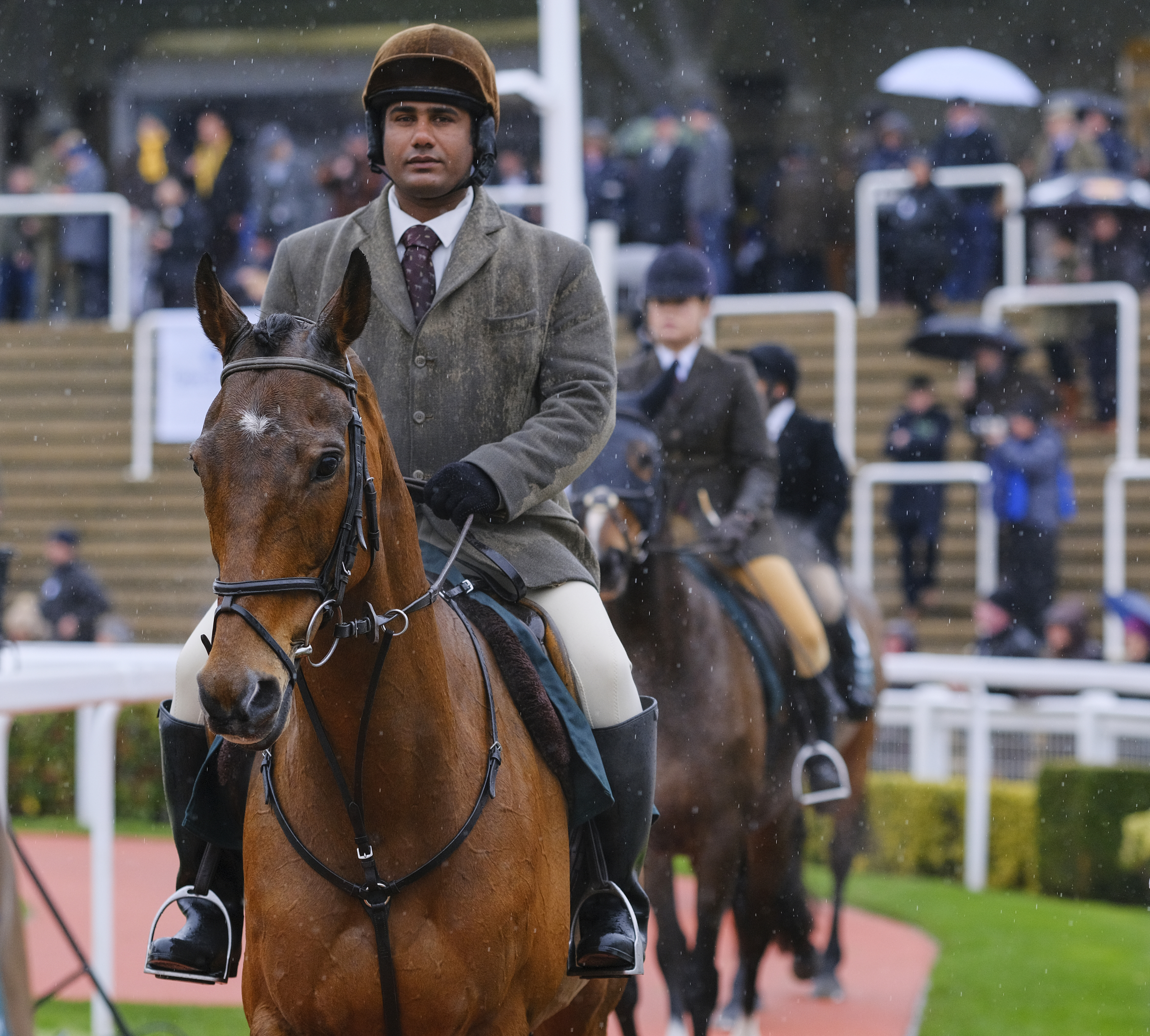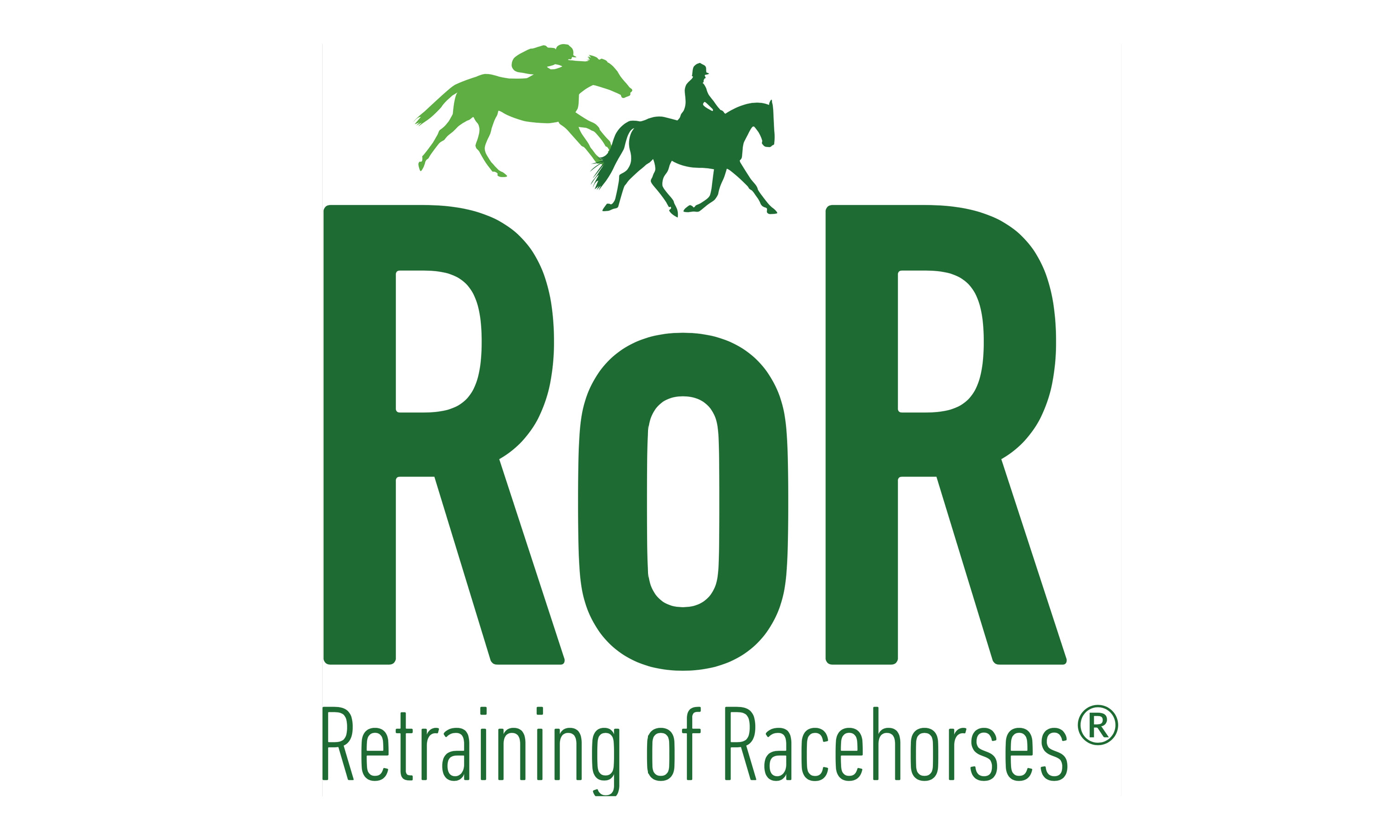British racing’s duty of care to its horses extends beyond their racing careers.

After their racing careers are over, many of the best horses will be retired to stud to breed the next generation of racehorses. However, thoroughbreds are versatile, highly intelligent creatures that can adapt well to retraining outside racing. Many have long and successful careers in other equestrian disciplines such as Showing, Eventing, Dressage, Polo and Showjumping, whilst many others happily take part in Riding Club activities and hacking.
Testament to their adaptability is the fact that former racehorses competed at the 2016 Rio Olympics in three-day eventing and were part of the gold medal winning Team GB at the 2018 World Equestrian Games.
The sport also operates its own charity – Retraining of Racehorses (RoR) – to help create a demand for second careers for racehorses after their racing careers are over, and ensuring the welfare of any vulnerable former racehorses.
What happens to horses who leave the sport?
Upon leaving British racing some horses go for breeding, some go to race abroad, some go point‐to‐pointing, others go on to a career in an alternative equestrian discipline (polo, dressage, showing, eventing), others become hacks, enjoying exercise without competition and some are retired to a life at grass. Most horses, however, prefer an active life.
In the majority of cases, owners and trainers take a great deal of time and trouble to find suitable new homes for racehorses leaving their care. Retraining may be done privately by a competent equine re-trainer, or through specialist centres, which have extensive experience both in retraining former racehorses and placing them in suitable new homes.
Lifetime responsibility - the Horse Welfare Strategy
We have an industry-wide commitment to horse welfare as demonstrated by the strategy – “A Life Well Lived” – produced by an independently chaired Horse Welfare Board.
This demonstrates the industry’s collective lifetime responsibility for thoroughbred horses and a commitment to the best possible safety.
It sets out our vision for racehorses of a ‘live well-lived’ and demonstrates how we are working to trace racehorses from 30 days after their birth through to the end of their lives.
Owing to world-leading notification, microchipping and passport requirements within British racing, the sport is among the most advanced when it comes to traceability and aftercare for its participants. However, the need to further improve traceability is one of the core findings of the report, and work is already under way on this front. This includes a team of three new staff having started work to address this area, amongst others, and support the implementation of the strategy.
A need for a review of the funding of the aftercare sector was also identified and has already been delivered. The report makes recommendations that will significantly reform the structure of aftercare provision and build trust in racing’s equine welfare processes.
Tracking our horses
Traceability and tracking of horses is an essential element of the BHA’s welfare strategy, as it helps us to ensure that any racehorse is cared for throughout its whole life.
In British horseracing we require the microchipping of horses. This aids traceability, as horses can be identified throughout their lives using the chip, alongside the equine passports which are also required for all horses.
Any thoroughbred foal intended for British racing must be registered within 30 days of its birth. This assists tracking and traceability from a very early age.
The BHA is also developing an all-encompassing and integrated thoroughbred database as part of its “whole life” approach to equine welfare. This database will combine information gleaned from 30-day foal notification, throughout a horse’s racing career and post-retirement.
The database will allow the BHA to make defined, appropriate, evidence-based welfare decisions for thoroughbreds. It will also enable us to identify any gaps through which animals are being lost from the industry.
In February 2020, a new, simplified online process for retiring racehorses was opened to owners and trainers. The system was designed to maximise traceability and improve data and understanding of how horses retire from racing, and for the first time, will capture the details of a retired horse’s new keeper.
Weatherbys has also recently developed – in consultation with the BHA and HRI – an “ePassport”. This is the worlds most advanced equine digital passport, providing a single, secure platform for all regulatory and legislative requirements relating to identification, health, welfare, movement, and ownership.
Traceability is a key priority in the sport’s welfare strategy. Despite these developments there are significant gaps in the industry’s knowledge of the whereabouts of Thoroughbreds bred for racing.
In terms of ambition, as a starting point, racing needs to ensure it has:
– 100% traceability of a horse’s first step away from racing and a clear understanding of where these horses go.
– A clear understanding of the gap between the number of 30-day foal registrations and the number of horses that enter training.
Retraining of Racehorses (RoR)
The aim of RoR is to develop longer‐term, sustainable solutions to the question of what happens to horses when they finish racing by generating a demand for these horses across a range of equine disciplines.
The charity’s four core roles and responsibilities can be summarised as follows, RoR:
Creates a demand for former racehorses through opportunities to participate and compete in a range of equine disciplines and therapeutic activities;
Educates owners and riders who take responsibility for former racehorses;
Facilitates the transition to a second career for horses leaving racing; and
Protects the welfare of former racehorses, in particular those in need of charitable support and care.
In addition, throughout the charity’s existence it has provided a welfare safety net to ensure any racehorse identified as in need of charitable support is suitably and properly cared for.
RoR has established close working relationships with the RSPCA and World Horse Welfare to ensure a coordinated approach to dealing with cases that involve former racehorses. As far as we are aware, thoroughbreds are the only breed of horse to have a designated charity providing funding for their care. This is at odds with other equine pursuits where the lack of support for horses whose original careers are at an end has resulted in a nationwide “horse crisis” which the RSPCA and World Horse Welfare are working desperately to address
Funding
From every one of the 200,000+ entries made for every runner in every raced in Britain, a financial contribution is made to the funding of the sport’s mechanism for rehoming and retraining racehorses. In this manner it is the sport’s owners who help fund the charity.
In addition, every jockey and every trainer makes a contribution to RoR through their licence fees, and every race run results in a contribution from racecourses.
Further funding comes through sponsorship and fundraising, investment income, registrations and legacies.
£1.4 million in funding per year is invested in aftercare and associated projects from racing and related funding sources. An additional £2.5 million Racehorse Relief Fund was set up during COVID in case owners could not fund the care of horses. No payments have been required.
Euthanasia
On some rare occasions, certain horses cannot be rehomed, perhaps because they do not have a suitable temperament for another career or a suitable home cannot be found. On those occasions euthanasia may be considered the most humane outcome for a horse to prevent it falling into neglect or living an unsuitable lifestyle.
The sport has in place euthanasia guidance for owners and trainers to ensure that euthanasia is only used in the correct circumstances and that the industry is consistent in when euthanasia is resorted to.
International Forum for Aftercare of Racehorses (IFAR)
British racing is among the world leaders in providing aftercare provisions for racehorses. RoR and the BHA helped establish and provides the chair person for the steering group of IFAR, the International Forum for the Aftercare of Racehorses, an organisation set up to share best practice in aftercare among racing jurisdictions around the world.

